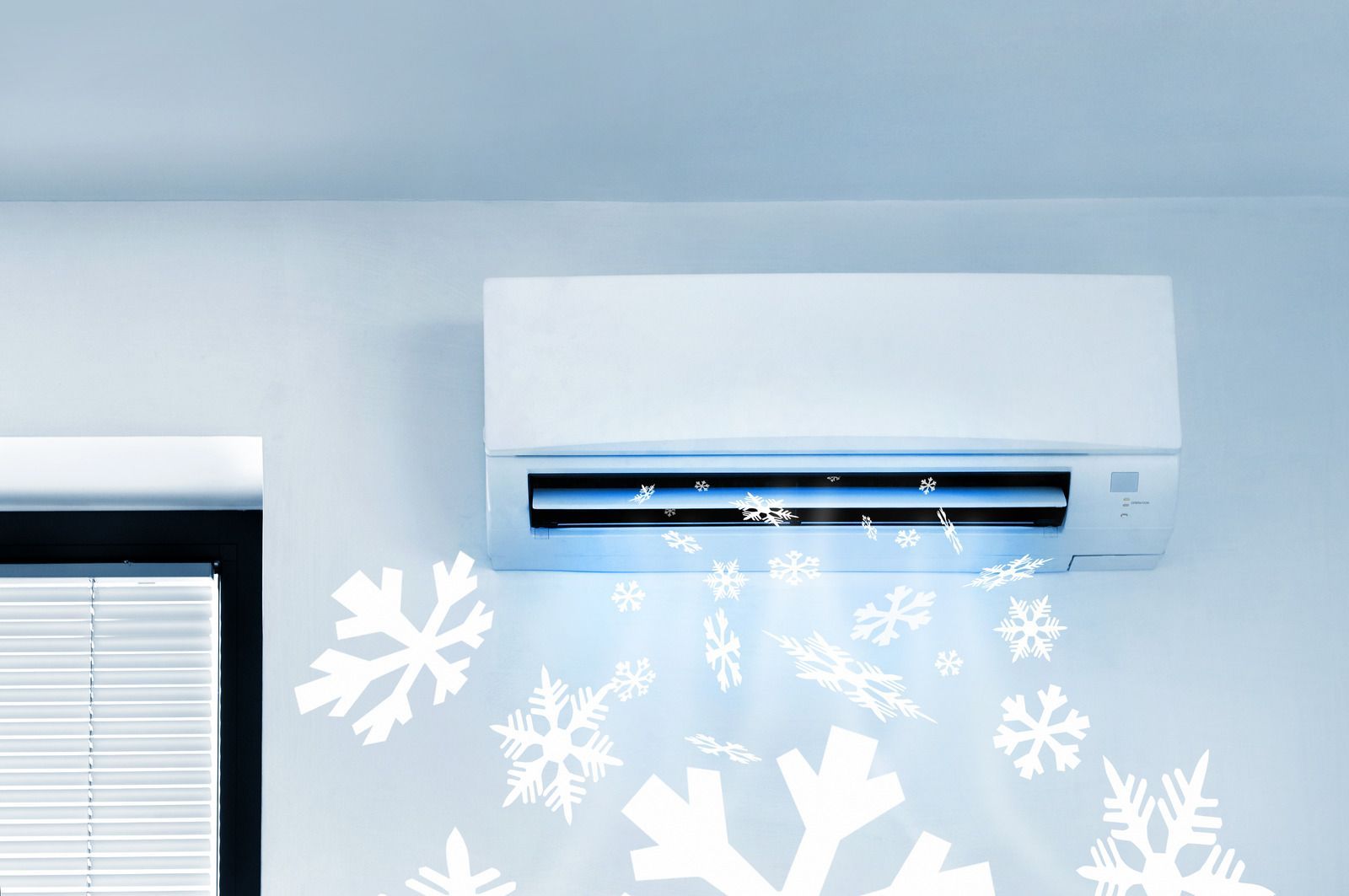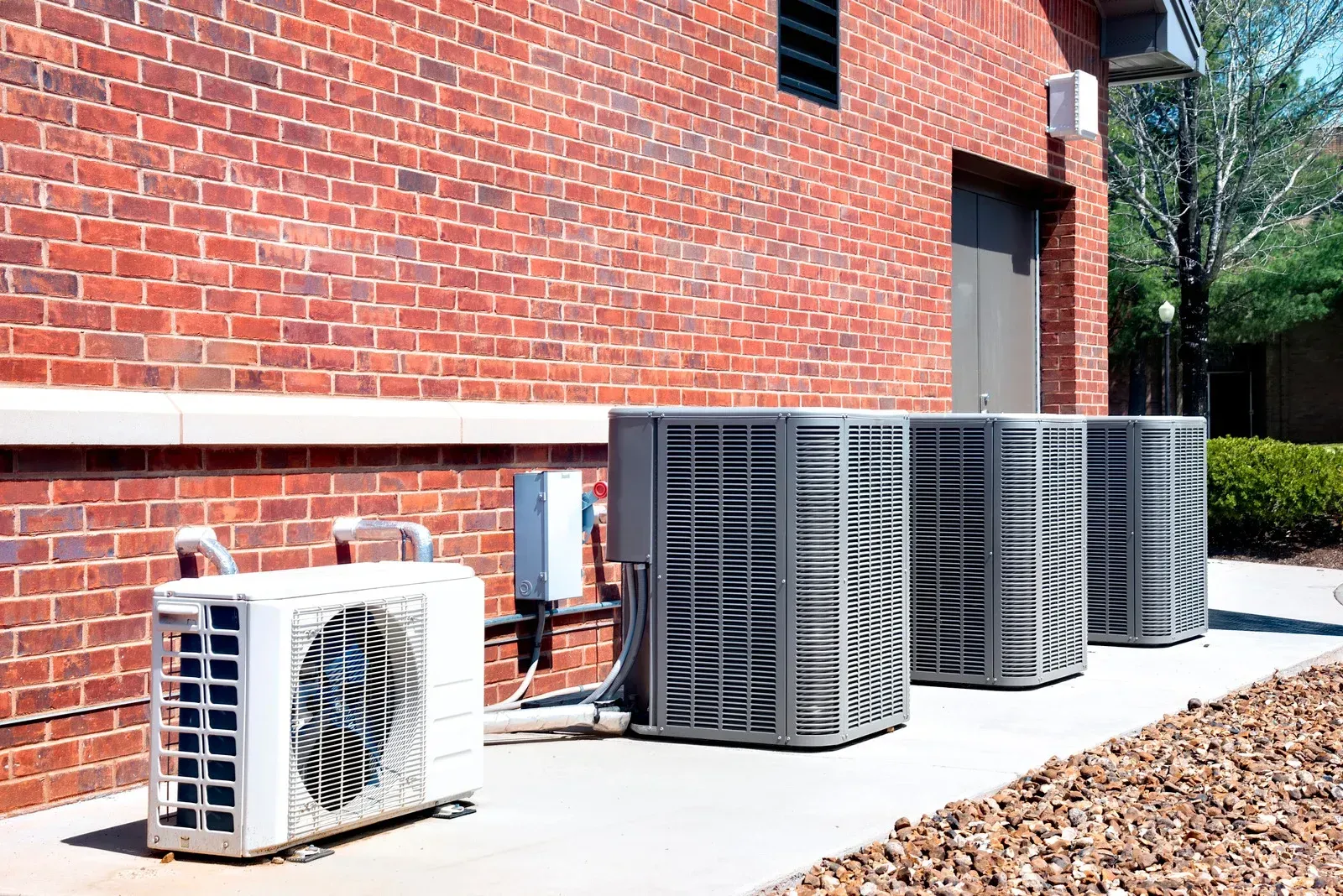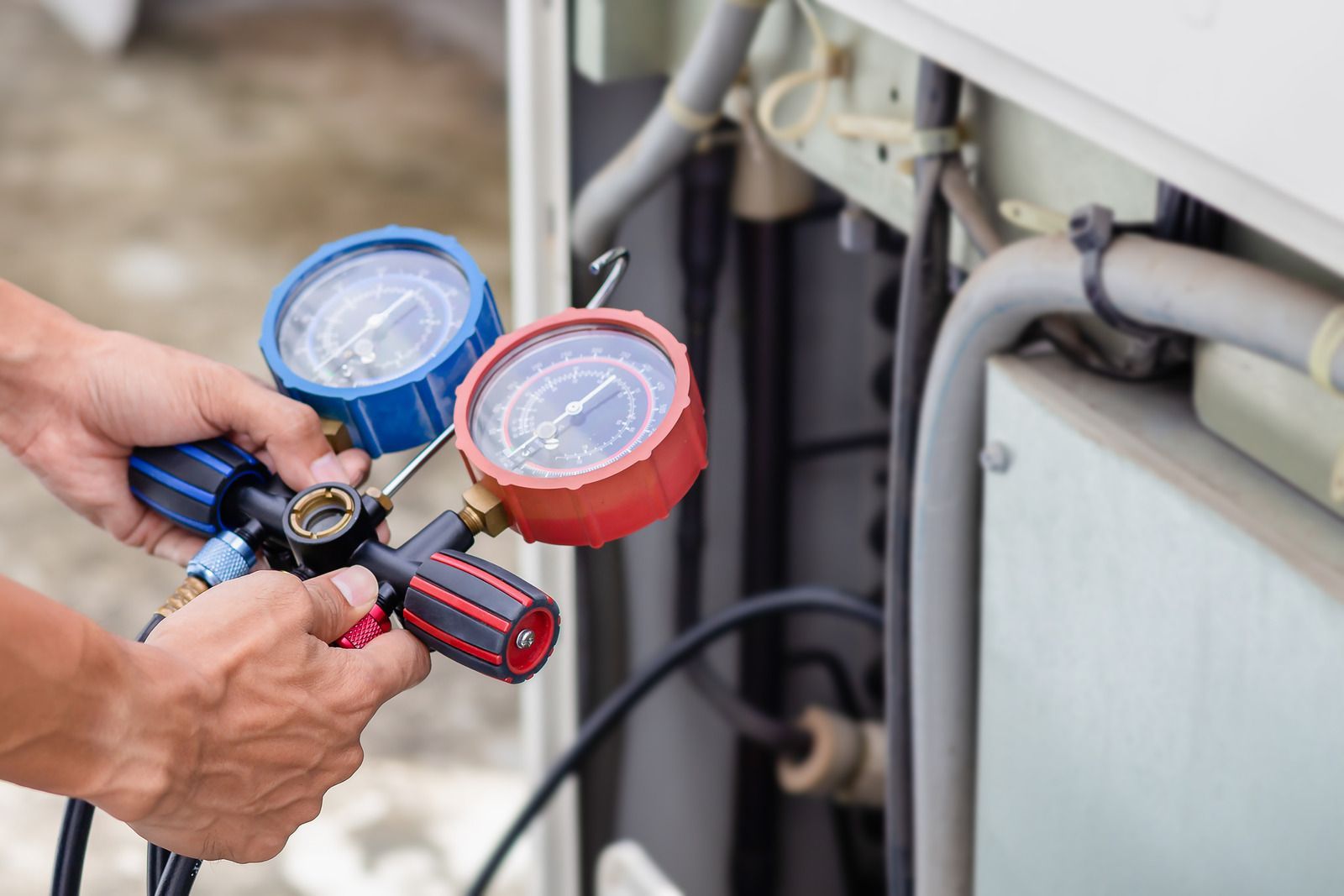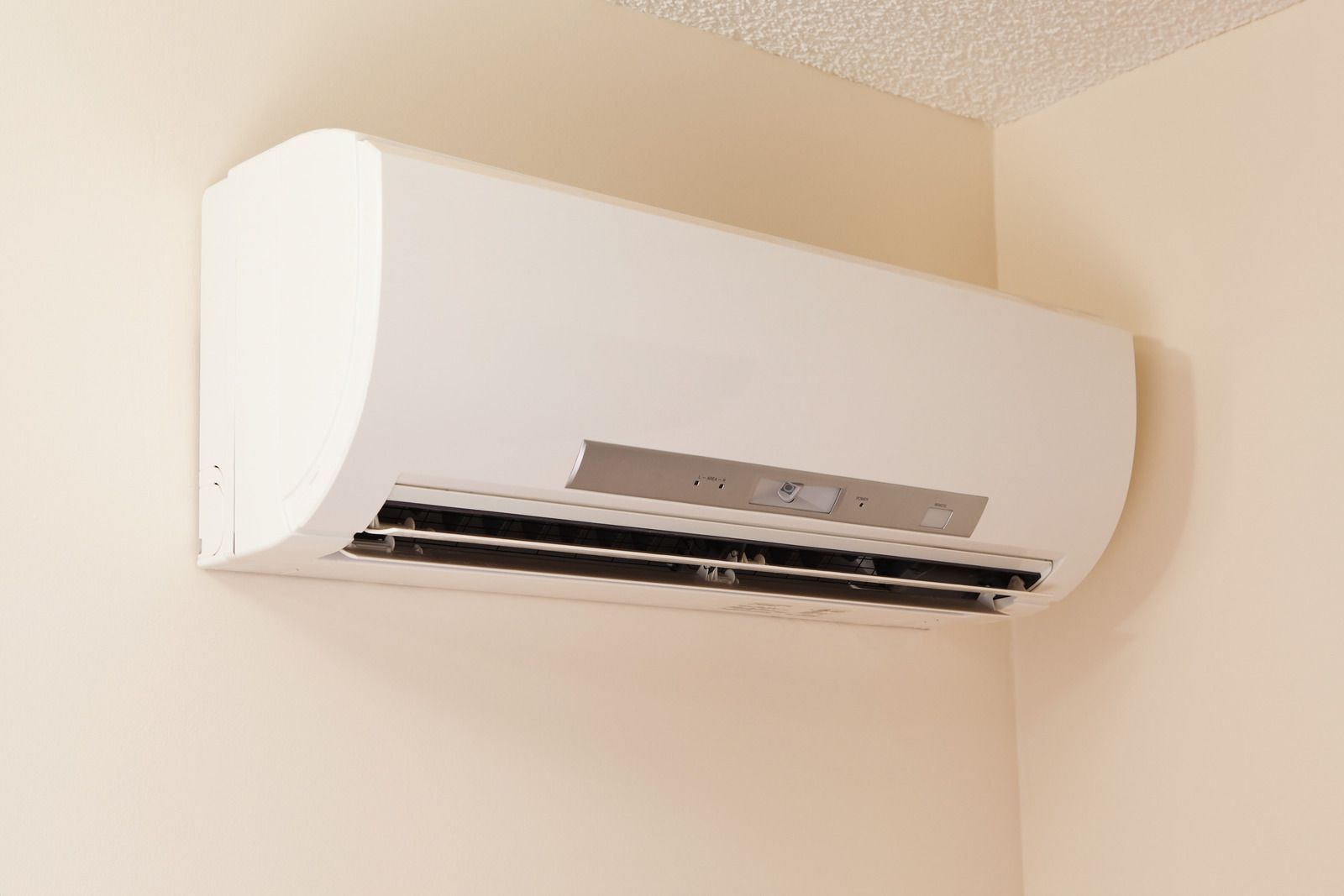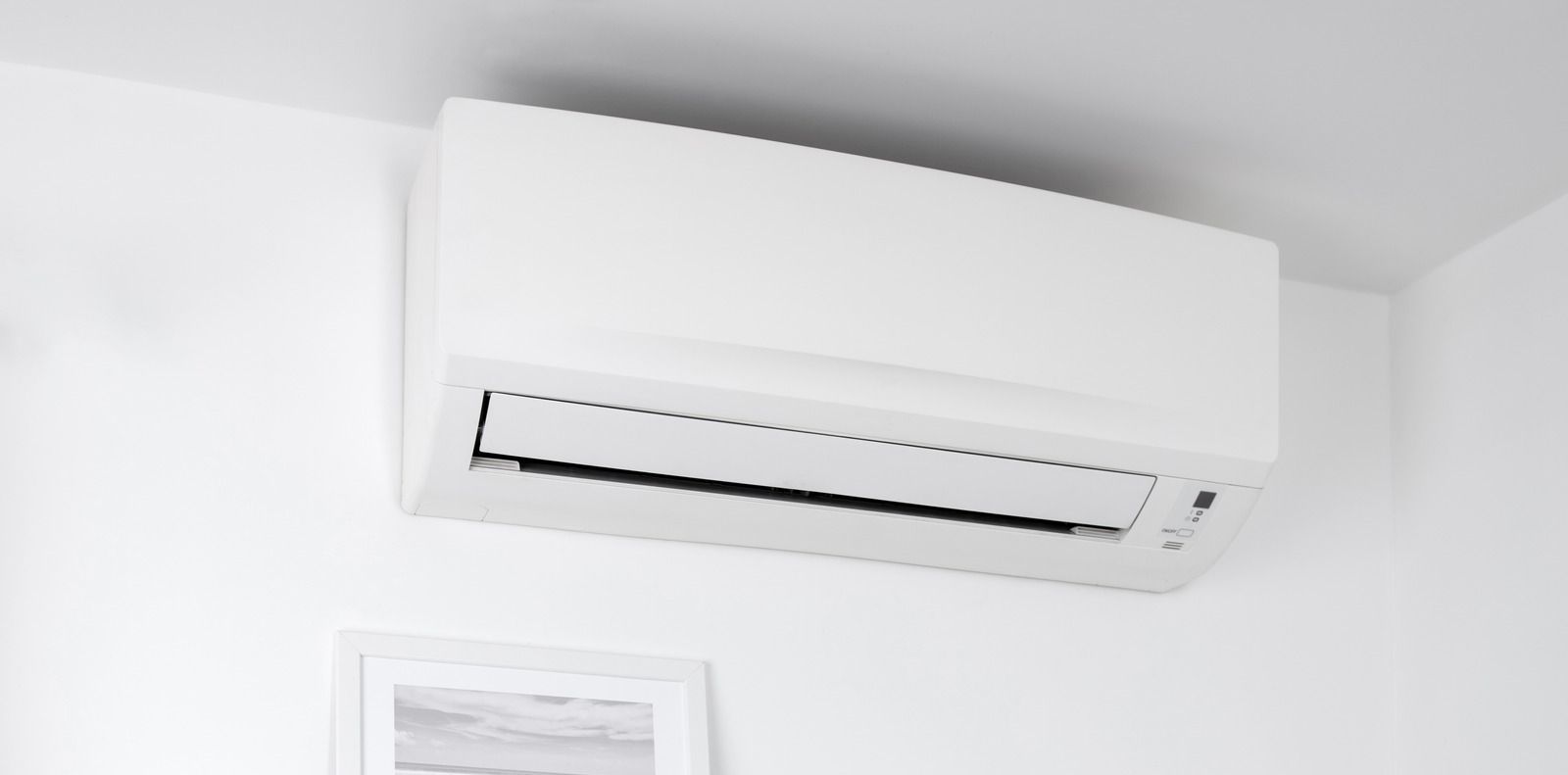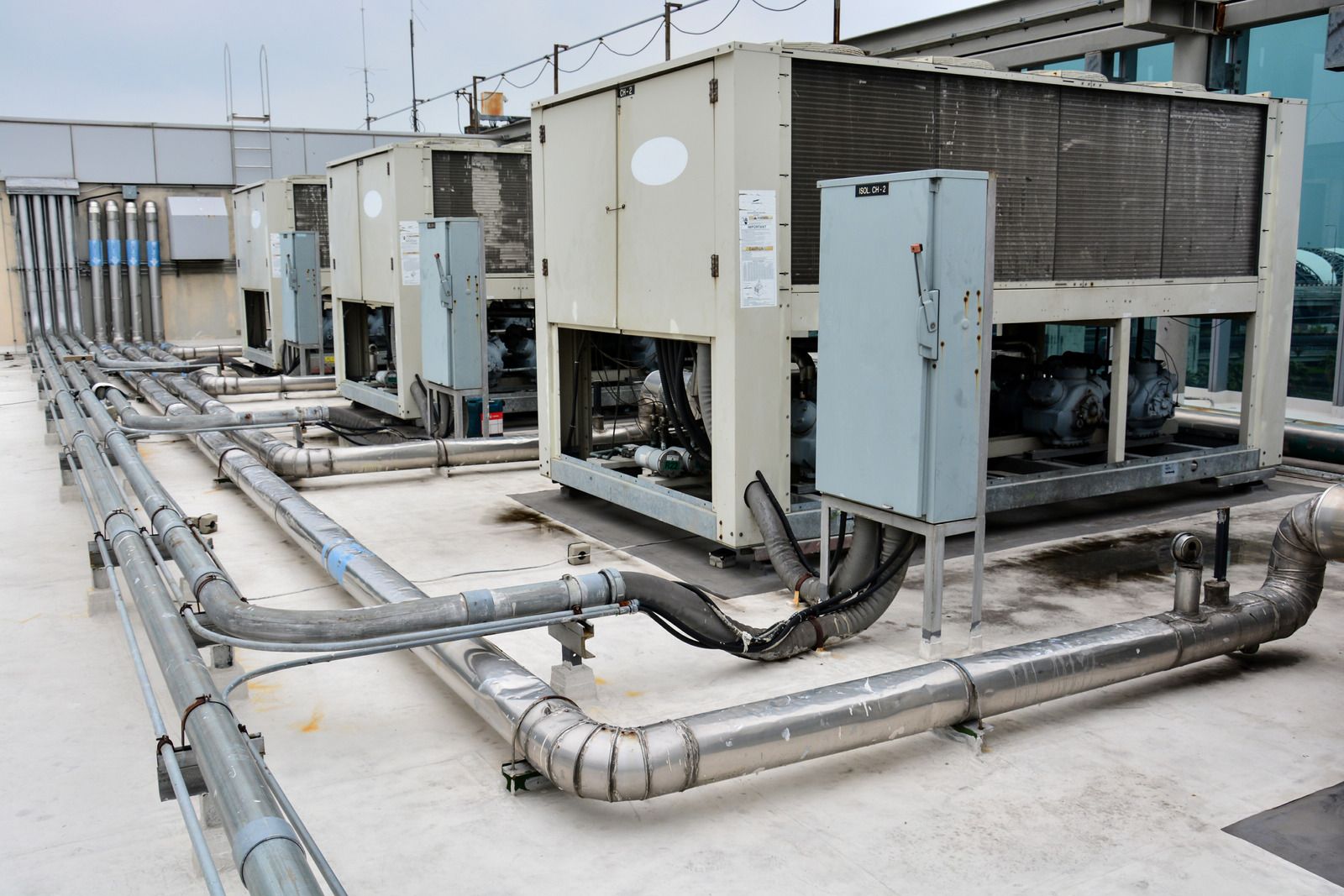5 Signs It's Time to Replace Your Air Ducts
Air ducts play a key role in keeping your indoor air fresh and comfortable. Over time, these ducts can develop issues that impact your home’s air quality and energy efficiency. Ignoring these problems can lead to higher energy bills, poor air circulation, and even health concerns. Replacing worn-out ducts can resolve these issues and improve your living environment. But how do you know when the time has come? Here are five clear signs to watch for.
1. Uneven Airflow in Different Rooms
Inconsistent temperatures in various parts of your home often point to faulty ducts. If one room feels much warmer or cooler than others, the problem might lie within leaking or blocked air channels. Damaged ducts fail to distribute air evenly, leaving some areas uncomfortable. Upgrading the duct system fixes airflow problems, helping maintain a consistent temperature throughout your home.
2. Rising Energy Bills Without Clear Cause
A sudden increase in your energy bills could signal duct problems. Leaky or damaged sections force your HVAC system to work harder to maintain the desired temperature. This added strain not only wastes energy but also reduces the lifespan of your heating and cooling system. Replacing old, faulty parts helps reduce energy costs and improves overall efficiency.
3. Dusty Air and Poor Indoor Air Quality
Dusty furniture and frequent allergies often indicate failing air systems. Cracks or leaks in ducts allow contaminants to enter the air supply. These pollutants circulate indoors, impacting health. New installations eliminate leaks, providing cleaner air and reducing allergen exposure.
Improving your air ducts keeps harmful particles outside, protecting your family’s well-being.
4. Unusual Noises from the HVAC System
Loud noises from your HVAC system often point to duct issues. Rattling, whistling, or banging sounds suggest that the air channels are loose, broken, or improperly sized. Damaged ducts disrupt airflow and cause these noises. Replacing noisy components resolves such problems, making your system quieter and more efficient overall.
5. Ducts Are Old and Worn Out
Air systems have a lifespan of 10 to 15 years. Beyond this period, they often develop cracks, leaks, or blockages. Aging components no longer perform effectively, leading to issues like uneven airflow and higher energy use. Upgrading to modern, durable options improves performance and reliability, helping your HVAC system operate at its best.
Additional Benefits of Duct Replacement
New ducts offer more than just improved airflow. Modern systems enhance comfort, energy savings, and air quality. They also reduce strain on heating and cooling units, extending equipment life. Addressing duct issues early prevents larger problems that might result in costly repairs later. Proper airflow also creates a more consistent indoor environment.
Recognizing these signs early prevents bigger problems down the road. Replacing damaged ducts not only resolves immediate concerns but also improves your home’s comfort, air quality, and energy efficiency. Regular checks help detect issues before they escalate. If you notice any of these problems, consider scheduling a professional assessment to address the situation promptly.
